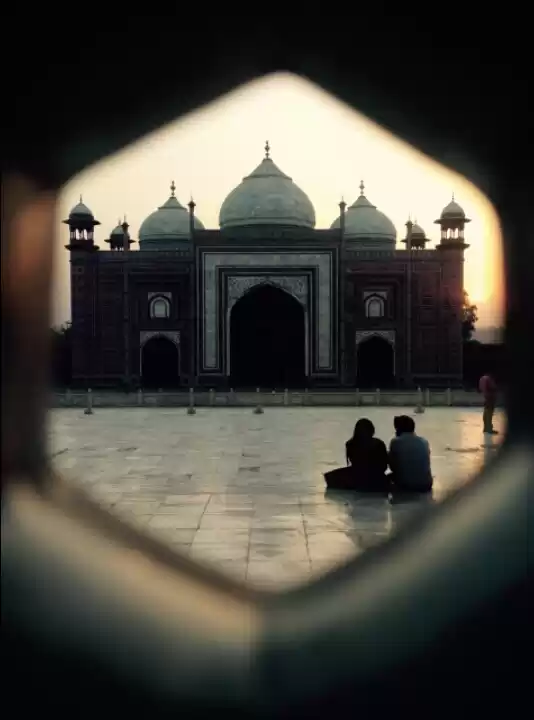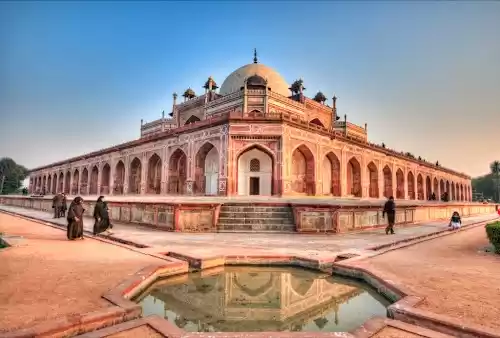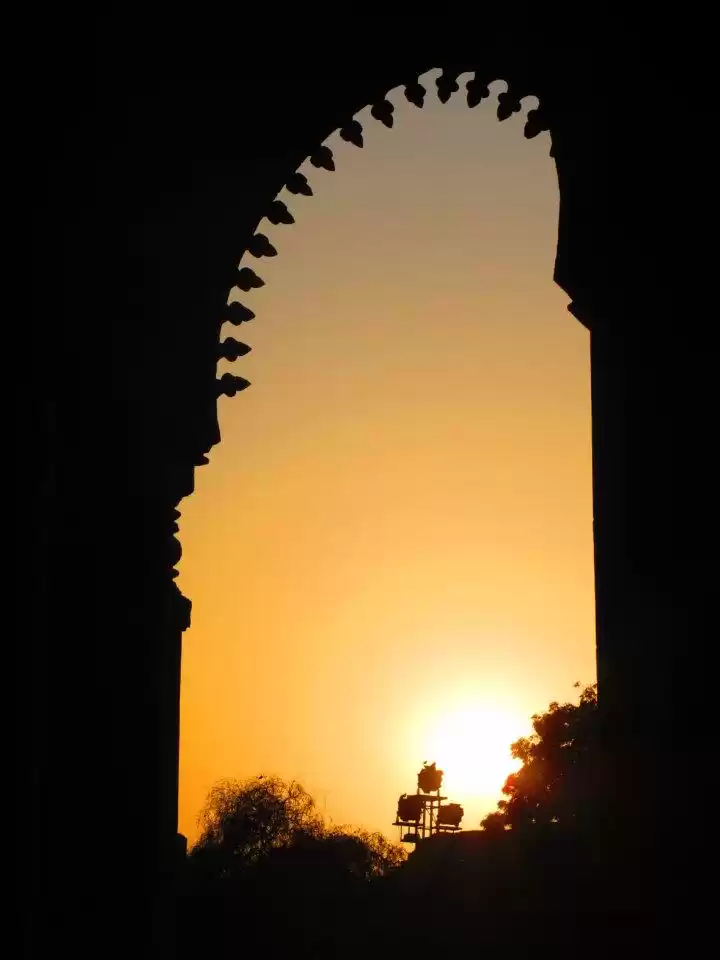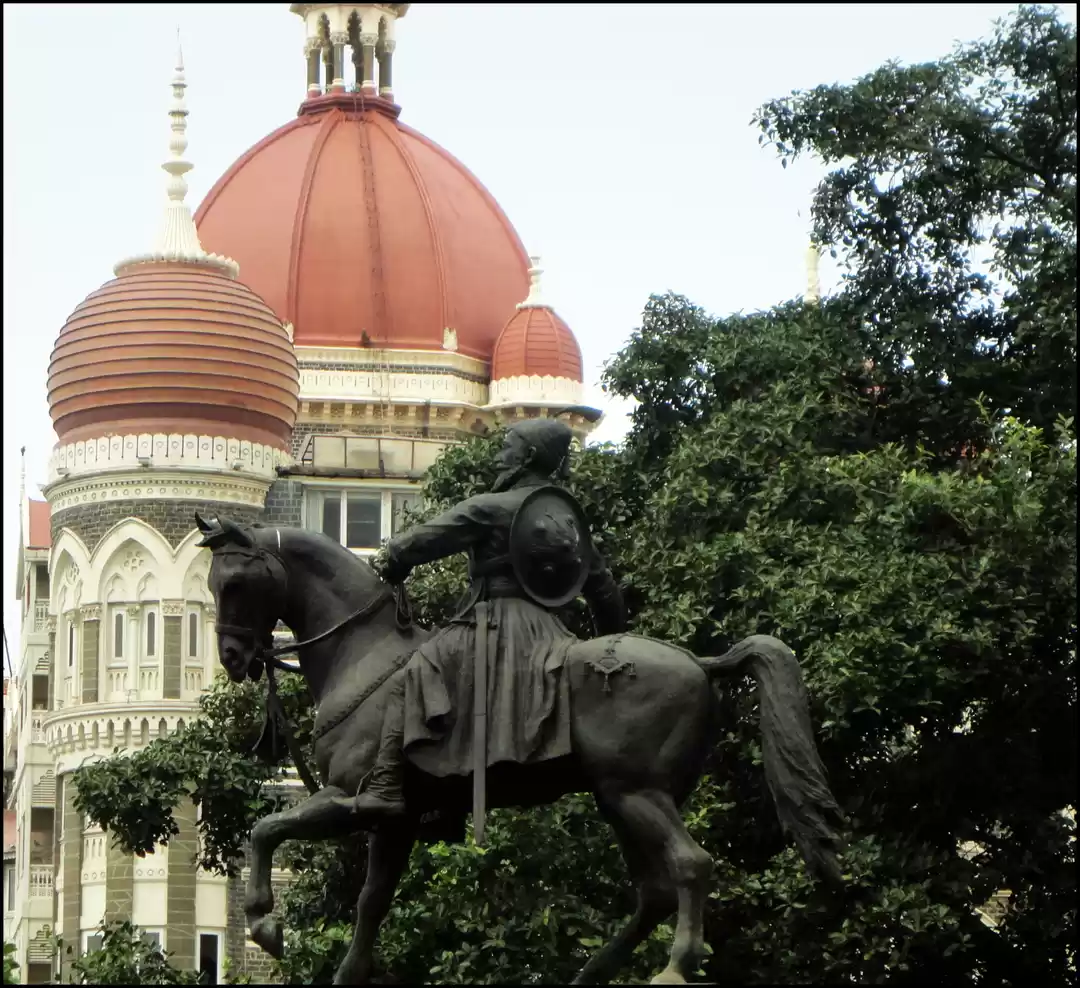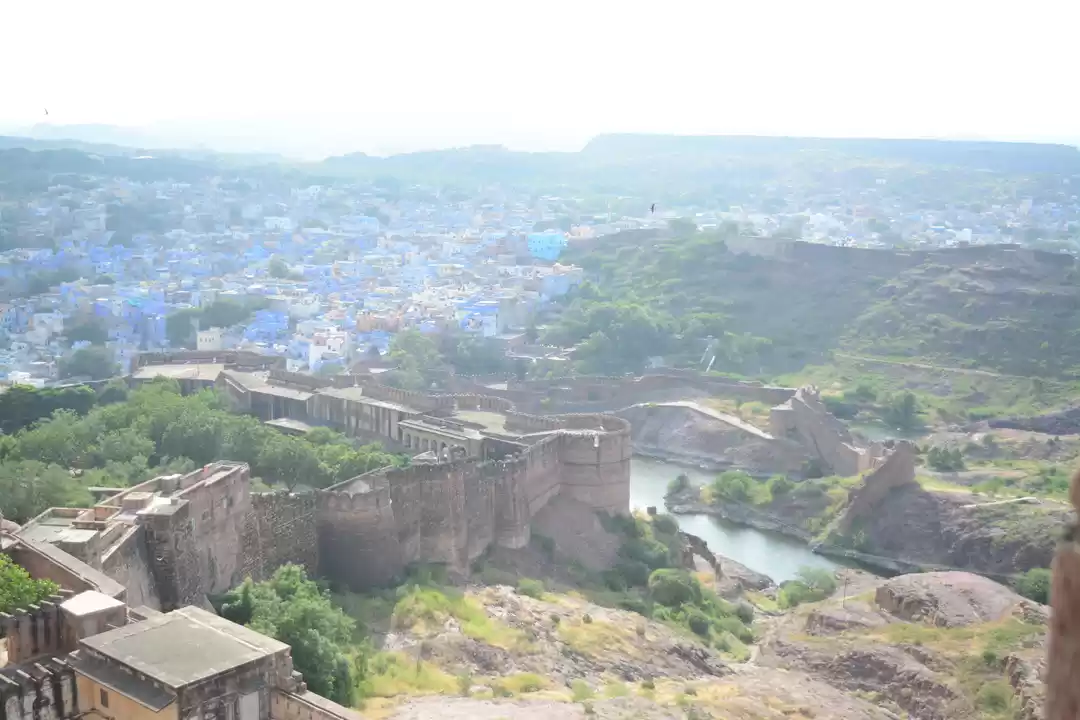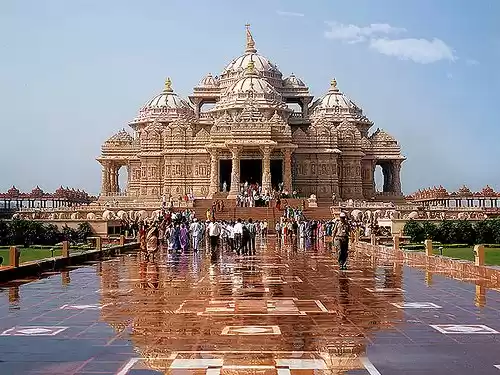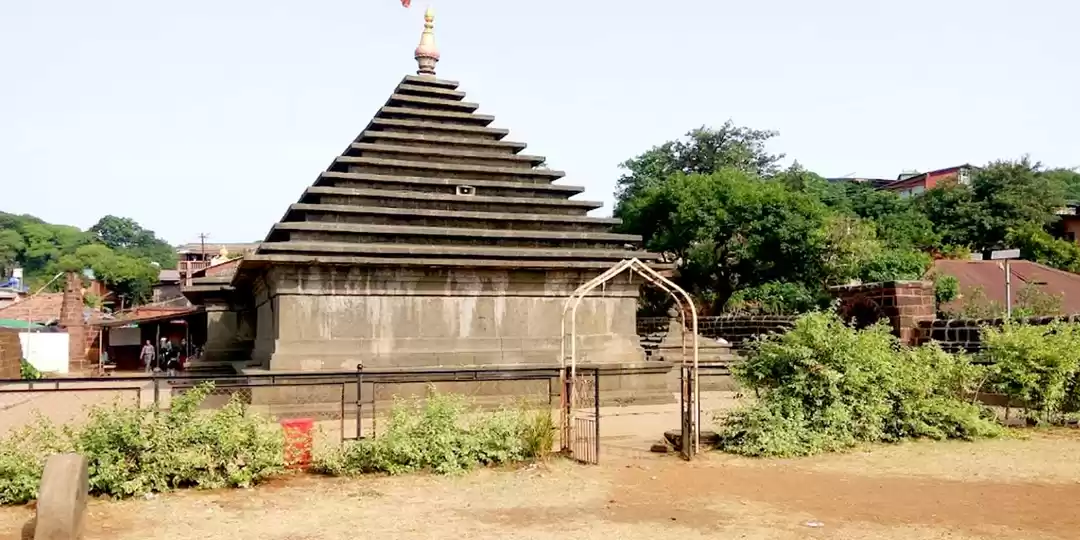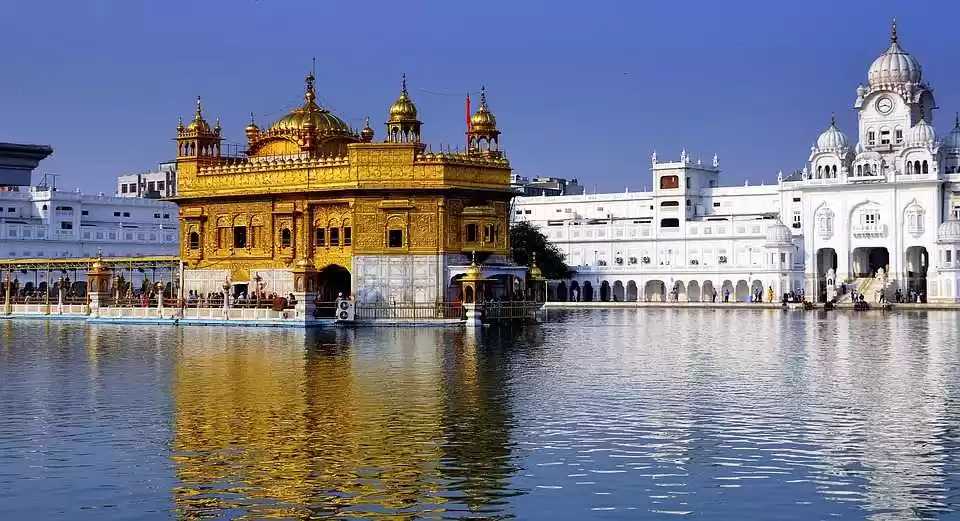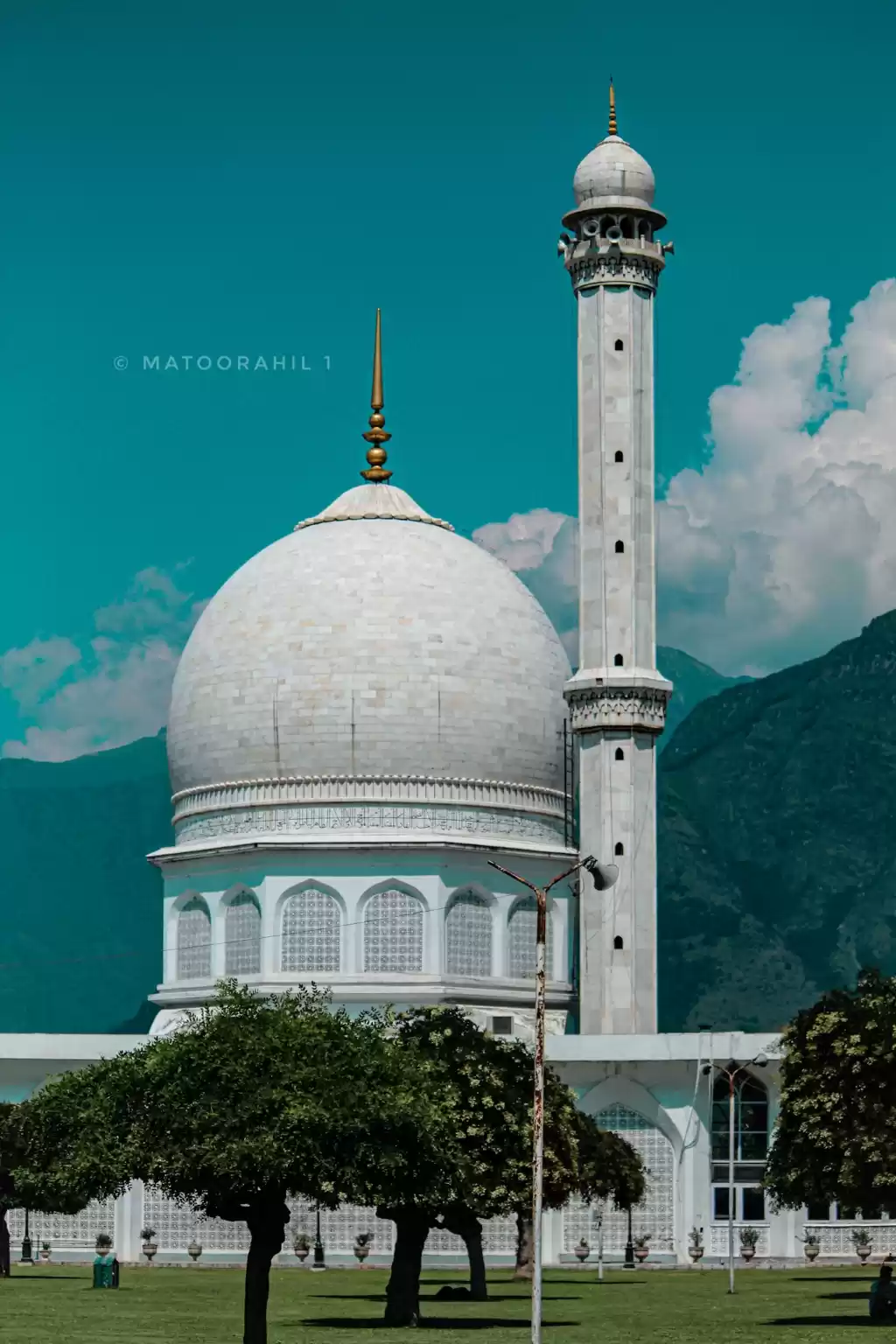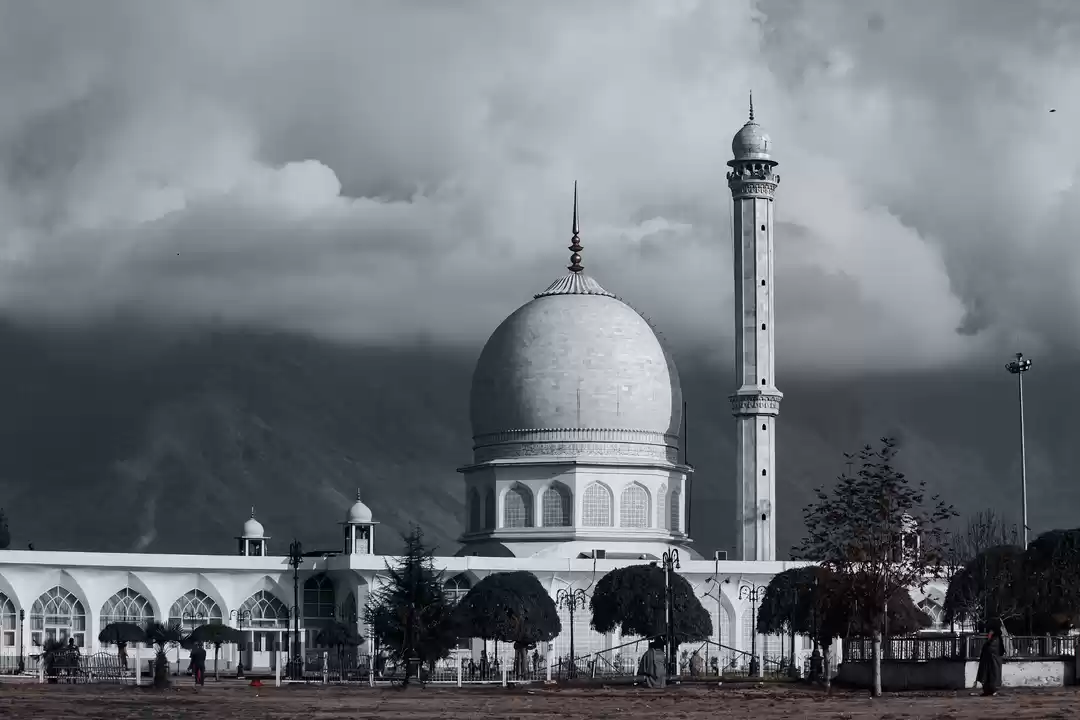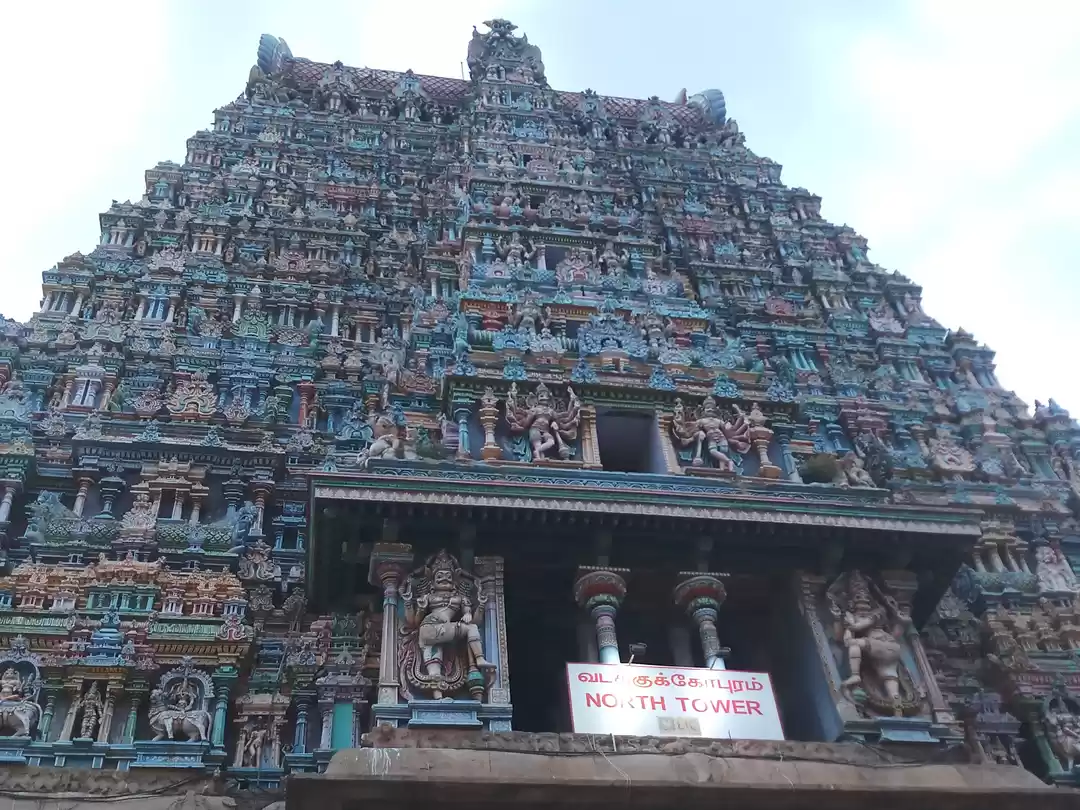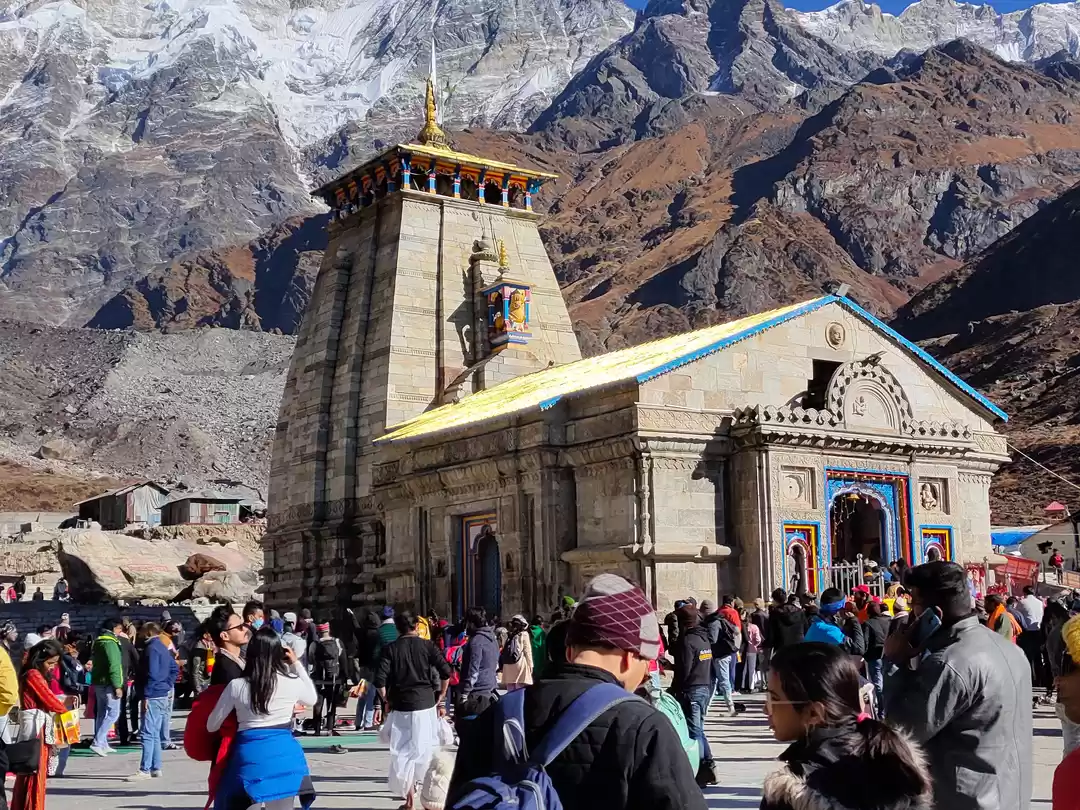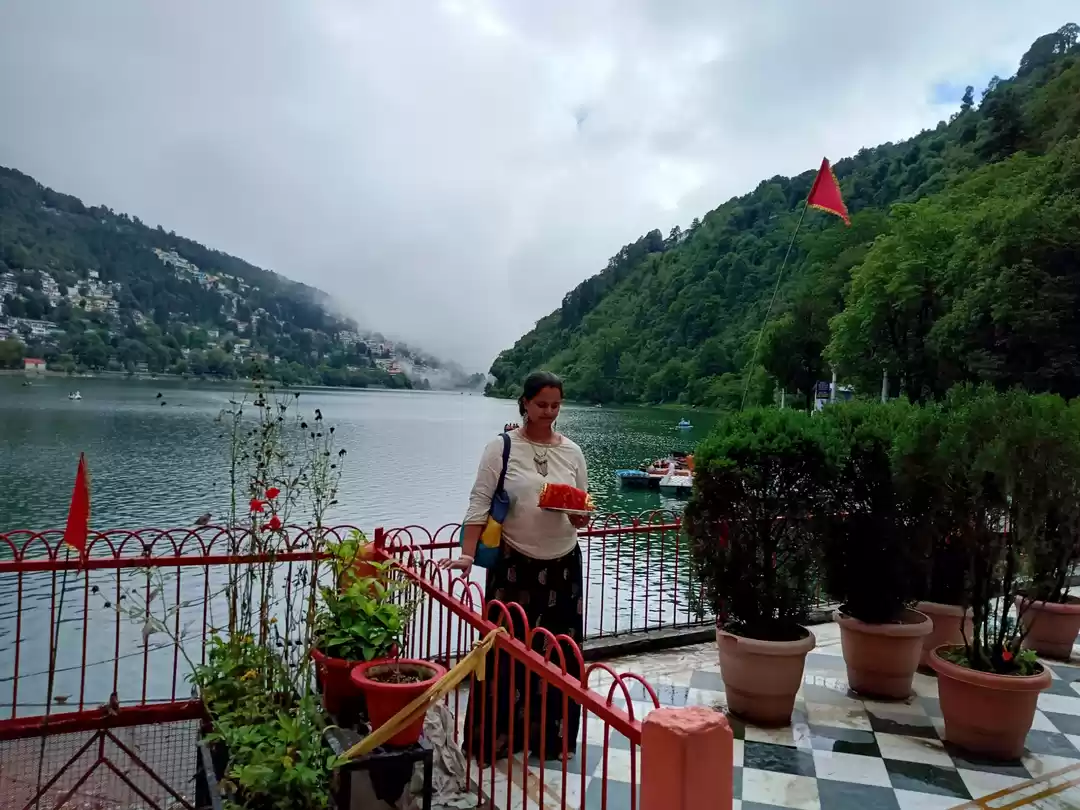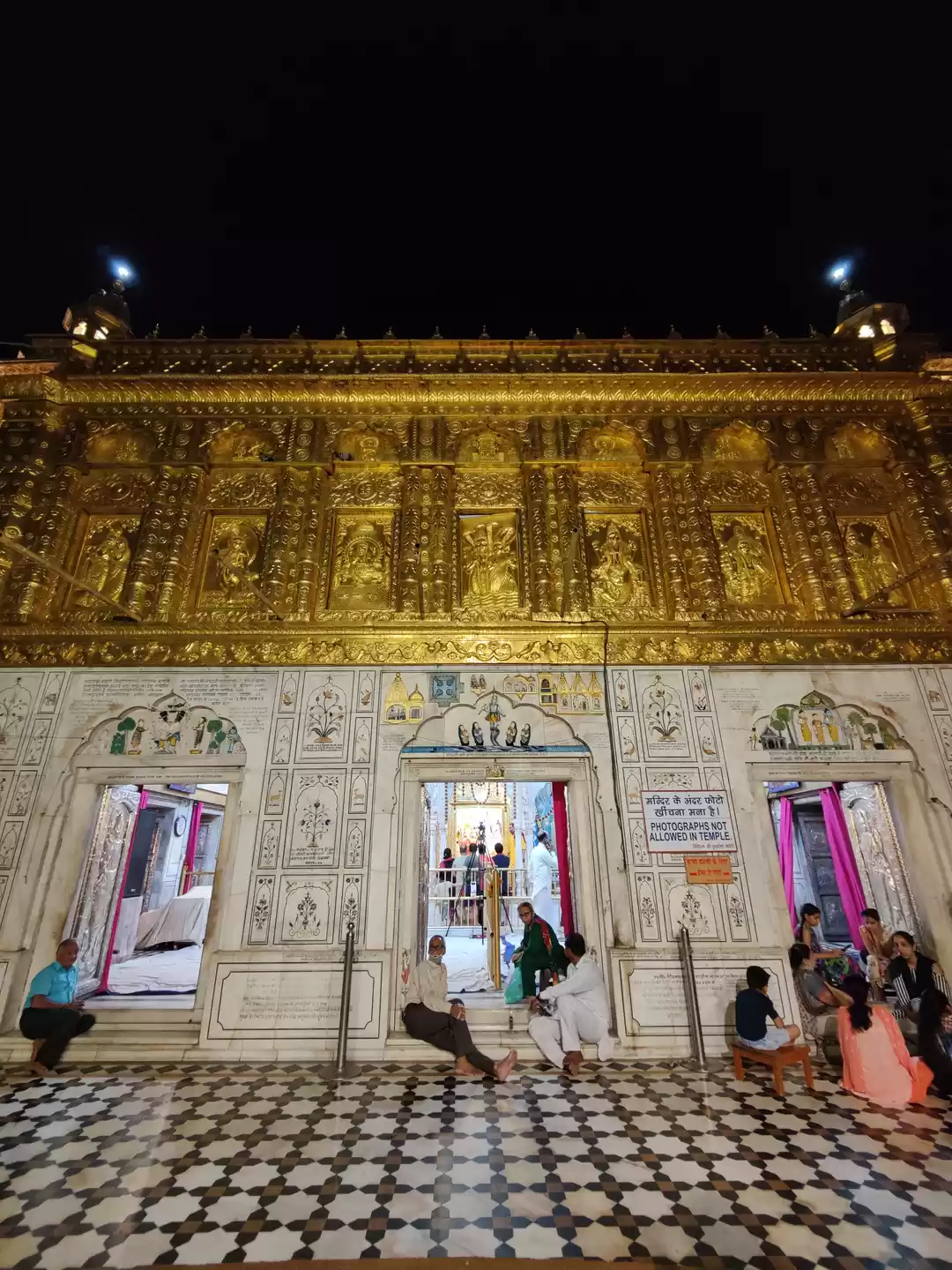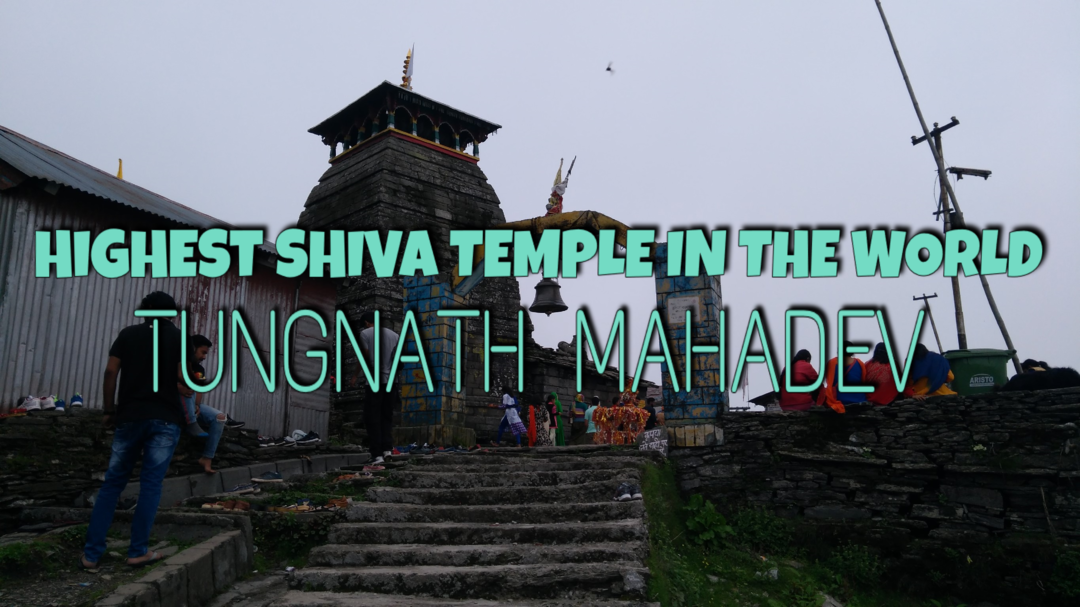Have you ever wondered what it would be like to visit a temple that is older than the city it is situated in? A temple that has witnessed the rise and fall of empires, the fusion of cultures, and the evolution of religions? A temple that is surrounded by natural beauty and serenity, and yet is vibrant and lively with festivities and rituals? If you are looking for such a temple, then Alagar Koil is the place for you.

Alagar Koil is a Hindu temple dedicated to Lord Vishnu, one of the supreme deities in Hinduism. The temple is located in the Alagar hills, about 21 km from Madurai, the cultural capital of Tamil Nadu. The temple is one of the 108 Divyadesams, the holy abodes of Lord Vishnu, and is revered by the devotees of the Vaishnava sect. The temple is also known as Azhagar Kovil, Thirumaliruncholai, and Kallazhagar Kovil.
The temple has a rich and fascinating history, dating back to the Sangam period (3rd century BCE to 3rd century CE), when Madurai was ruled by the Pandya kings. The temple is mentioned in various sacred scriptures and inscriptions, and has been patronized by various dynasties and rulers over the centuries. The temple is also associated with several legends and myths, especially the one involving Lord Vishnu’s visit to Madurai for the divine marriage of Lord Shiva and Goddess Meenakshi, the presiding deities of the Madurai Meenakshi Amman Temple.
The temple is also known for its religious significance and festivals, especially the Chithirai festival, which is celebrated in the Tamil month of Chithirai (April-May). The festival commemorates the visit of Lord Vishnu to Madurai, and involves a grand procession of the deity from the Alagar hills to the Vaigai river, where he blesses the divine couple. The festival attracts millions of devotees and tourists every year, who witness the spectacle of faith and devotion.
The temple is also known for its architecture and features, which showcase the style and design of the Dravidian and Vijayanagara periods. The temple has a majestic gopuram (gateway tower), which is adorned with intricate sculptures and carvings. The temple also has several mandapams (praying halls), which display the craftsmanship and skill of the artisans. The temple also has a stone idol of the main deity, Lord Kallazhagar, which is made of a rare and precious stone called kashyapam. The temple is also set in a natural and scenic environment, with the Alagar hills providing a backdrop of greenery and tranquility.
If you are planning to visit Alagar Koil, then you are in for a treat. The temple is not only a place of worship, but also a place of learning, culture, and heritage. You will be able to experience the history, significance, architecture, and festivals of this ancient and sacred temple, and also enjoy the beauty and serenity of the Alagar hills. In this article, we will provide you with all the information you need to plan your trip and make the most of your visit. Read on to find out more.
History and Legends of Alagar Koil
Alagar Koil is one of the oldest and most revered temples in Tamil Nadu, and has a history that spans over two millennia. The temple is believed to have been built by the Pandya kings, who ruled Madurai and its surrounding regions from the 3rd century BCE to the 15th century CE. The temple is mentioned in various ancient Tamil literary works, such as the Silappadikaram, the Manimekalai, and the Thirumozhi. The temple is also referred to in the Divya Prabandham, a collection of hymns composed by the 12 Alwars, the saint-poets of the Vaishnava tradition. The temple is also inscribed in several stone and copper plates, which record the donations and grants made by various kings and nobles to the temple.
One of the most popular legends associated with the temple is the one involving Lord Vishnu’s visit to Madurai for the divine marriage of Lord Shiva and Goddess Meenakshi. According to the legend, Lord Vishnu, who is the brother of Goddess Meenakshi, was invited to attend the wedding ceremony in Madurai. However, he was delayed by the trickery of a sage named Indra Dhumna, who wanted to see the Lord in person. By the time Lord Vishnu reached Madurai, the wedding was over, and he was disappointed and angry. He decided to return to his abode in the Alagar hills, without entering the city. However, he was persuaded by the divine couple and the other gods to bless them and their devotees. He agreed to do so, and came down from the hills to the banks of the Vaigai river, where he gave his blessings and gifts to the newlyweds. He also changed his form from Sundararajar (the handsome king) to Kallazhagar (the dark-hued lord), to suit the complexion of the people of the region.
Another legend associated with the temple is the one involving the Alagar hills and their connection with Jainism and Buddhism. According to the legend, the Alagar hills were once inhabited by the followers of Jainism and Buddhism, who practiced their faith and meditation in the caves and rock shelters of the hills. They also carved and painted several images and inscriptions on the rocks, which can still be seen today. However, they were opposed and persecuted by the Hindu kings and priests, who wanted to establish the supremacy of Hinduism in the region. They tried to destroy the caves and the images, but were unsuccessful. They then prayed to Lord Vishnu, who appeared in the form of a wild boar, and chased away the Jains and Buddhists from the hills. He then reclaimed the hills as his own, and established his temple there.
Religious Significance and Festivals of Alagar Koil
Alagar Koil is one of the most important and sacred temples for the devotees of Lord Vishnu, and is one of the 108 Divyadesams, the holy abodes of the Lord. The main deity of the temple is Lord Kallazhagar, who is also known as Azhagar, Thirumaliruncholai Perumal, Paramaswamy, and Malaiyappan. He is depicted as a standing figure, with four arms, holding a conch, a discus, a mace, and a lotus. He is made of a rare and precious stone called kashyapam, which is said to have been brought from the Himalayas by the sage Kashyapa. He is also adorned with a golden crown, a garland of tulsi leaves, and various ornaments. He is worshipped as the preserver and protector of the world, and as the bestower of wealth and prosperity.
The consort of the main deity is Goddess Sundaravalli, who is also known as Thirumaliruncholai Nachiyar, Kalyana Sundari, and Madhuraveni. She is depicted as a seated figure, with two arms, holding a lotus and a parrot. She is made of a green stone, and is adorned with a golden crown, a garland of jasmine flowers, and various ornaments. She is worshipped as the goddess of beauty, grace, and compassion, and as the giver of happiness and harmony.
The temple also has several other deities and shrines, such as Lord Ranganatha, Lord Narasimha, Lord Sudarshana, Lord Yoga Narasimha, Lord Lakshmi Narasimha, Lord Varadaraja, Lord Andal, Lord Rama, Lord Krishna, Lord Hanuman, Lord Garuda, and Lord Nammalwar. Each of these deities has their own significance and special features, and are revered by the devotees.
The temple is also known for its festivals and rituals, which are celebrated throughout the year, according to the Tamil calendar. The most important and famous festival of the temple is the Chithirai festival, which is celebrated in the Tamil month of Chithirai (April-May). The festival commemorates the visit of Lord Kallazhagar to Madurai, and involves a grand procession of the deity from the Alagar hills to the Vaigai river, where he blesses the divine couple. The festival attracts millions of devotees and tourists every year, who witness the spectacle of faith and devotion. The festival is also marked by various cultural and religious events, such as music, dance, drama, poetry, and discourses.
Some of the other festivals celebrated in the temple are the Vaikunta Ekadasi festival, which is celebrated in the Tamil month of Margazhi (December-January), and involves the opening of the Vaikunta Dwaram, the gateway to heaven, for the devotees; the Panguni Uthiram festival, which is celebrated in the Tamil month of Panguni (March-April), and involves the marriage ceremony of Lord Kallazhagar and Goddess Sundaravalli; the Aadi Pooram festival, which is celebrated in the Tamil month of Aadi (July-August), and involves the birthday celebration of Goddess Andal.
The Navaratri festival, which is celebrated in the Tamil month of Purattasi (September-October), and involves the worship of Goddess Durga, Goddess Lakshmi, and Goddess Saraswati; and the Deepavali festival, which is celebrated in the Tamil month of Aippasi (October-November), and involves the celebration of light over darkness, and the return of Lord Rama to Ayodhya.
The temple also performs various daily rituals and services for the deities, such as the Thiruvaradhanam (the offering of flowers, fruits, and incense), the Thirumanjanam (the bathing of the idols with water, milk, and honey), the Alankaram (the dressing and decoration of the idols with clothes, jewels, and garlands), and the Archanai (the recitation of the names and praises of the deities). The devotees can participate in these rituals and services, and receive the blessings and prasadam (the sacred food) from the temple.
Architecture and Features of Alagar Koil
Alagar Koil is a masterpiece of architecture and art, which reflects the style and design of the Dravidian and Vijayanagara periods. The temple has a majestic gopuram (gateway tower), which is the main entrance to the temple. The gopuram is about 70 feet high, and is adorned with intricate sculptures and carvings of various gods, goddesses, animals, and mythical creatures. The gopuram also has a kalasam (a pot-like structure) at the top, which is believed to contain the divine energy of the temple.
The temple also has several mandapams (praying halls), which are located inside the temple complex. The most prominent and important mandapam is the Maha Mandapam, which is the main hall where the main deity, Lord Kallazhagar, is enshrined. The Maha Mandapam is a spacious and elegant hall, which has 16 pillars, each with a different design and motif. The Maha Mandapam also has a beautiful ceiling, which is painted with floral and geometric patterns. The Maha Mandapam also has a sanctum sanctorum, where the stone idol of Lord Kallazhagar is placed on a pedestal. The idol is about 6 feet tall, and is made of a rare and precious stone called kashyapam, which is said to have been brought from the Himalayas by the sage Kashyapa. The idol is also adorned with a golden crown, a garland of tulsi leaves, and various ornaments. The idol is worshipped as the preserver and protector of the world, and as the bestower of wealth and prosperity.
The temple also has several other mandapams, such as the Thirumamani Mandapam, which is the hall where the consort of the main deity, Goddess Sundaravalli, is enshrined; the Kalyana Mandapam, which is the hall where the marriage ceremony of Lord Kallazhagar and Goddess Sundaravalli is performed; the Vasantha Mandapam, which is the hall where the spring festival is celebrated; and the Mukkuruni Vinayagar Mandapam, which is the hall where the large idol of Lord Ganesha, the elephant-headed god, is enshrined.
The temple also has several other features, such as the Nootrukal Mandapam, which is a stone structure with 1008 small pillars, each with a different carving; the Thaayar Sannidhi, which is a shrine dedicated to Goddess Lakshmi, the consort of Lord Vishnu; the Thiruppaarkadal, which is a pond that is believed to be connected to the celestial ocean; and the Sila Thoranam, which is a natural rock arch that is believed to be formed by the footprints of Lord Vishnu.
The temple is also set in a natural and scenic environment, with the Alagar hills providing a backdrop of greenery and tranquility. The Alagar hills are part of the Eastern Ghats, and are rich in flora and fauna. The hills are home to various species of plants, trees, flowers, herbs, and fruits, such as the sandalwood, the neem, the mango, the jackfruit, and the banana. The hills are also home to various species of animals, birds, insects, and reptiles, such as the monkey, the deer, the peacock, the parrot, the butterfly, and the snake. The hills also have several streams, waterfalls, and springs, which add to the beauty and serenity of the place.

Timings, Entry Fee, Best Time to Visit, and How to Reach Alagar Koil
If you are planning to visit Alagar Koil, then you need to know some practical information, such as the timings, entry fee, best time to visit, and how to reach the temple. Here are some details that will help you plan your trip and make the most of your visit.
Timings: The temple is open from 6:00 am to 12:30 pm, and from 3:30 pm to 8:00 pm, every day. The temple also has special timings for the festivals and rituals, which may vary according to the occasion and the season.
Entry Fee: The temple does not charge any entry fee for the visitors. However, the visitors can make voluntary donations and offerings to the temple, and also purchase tickets for the special services and rituals, such as the Thiruvaradhanam, the Thirumanjanam, the Alankaram, and the Archanai.
Best Time to Visit: The best time to visit the temple is during the Chithirai festival, which is celebrated in the Tamil month of Chithirai (April-May). The festival is the most important and famous festival of the temple, and involves a grand procession of the deity from the Alagar hills to the Vaigai river, where he blesses the divine couple. The festival attracts millions of devotees and tourists every year, who witness the spectacle of faith and devotion. The festival is also marked by various cultural and religious events, such as music, dance, drama, poetry, and discourses. The festival is a once-in-a-lifetime experience, and is not to be missed.
How to Reach: The temple is located in the Alagar hills, about 21 km from Madurai, the cultural capital of Tamil Nadu. The temple is easily accessible by various modes of transport, such as road, rail, and air. The nearest airport is the Madurai International Airport, which is about 35 km from the temple. The nearest railway station is the Madurai Junction Railway Station, which is about 25 km from the temple. The nearest bus stand is the Madurai Periyar Bus Stand, which is about 23 km from the temple. From these places, one can take a taxi, a bus, or an auto-rickshaw to reach the temple. The temple also has a parking facility for the visitors who come by their own vehicles.
Conclusion
Alagar Koil is a divine abode of Lord Vishnu in the Alagar hills, and is one of the oldest and most revered temples in Tamil Nadu. The temple is a place of worship, learning, culture, and heritage, and offers a unique and enriching experience to the visitors. The temple is known for its history, significance, architecture, and festivals, and also for its natural beauty and serenity. The temple is a must-visit for anyone who wants to explore the rich and diverse heritage of Tamil Nadu, and to experience the grace and glory of Lord Vishnu.


